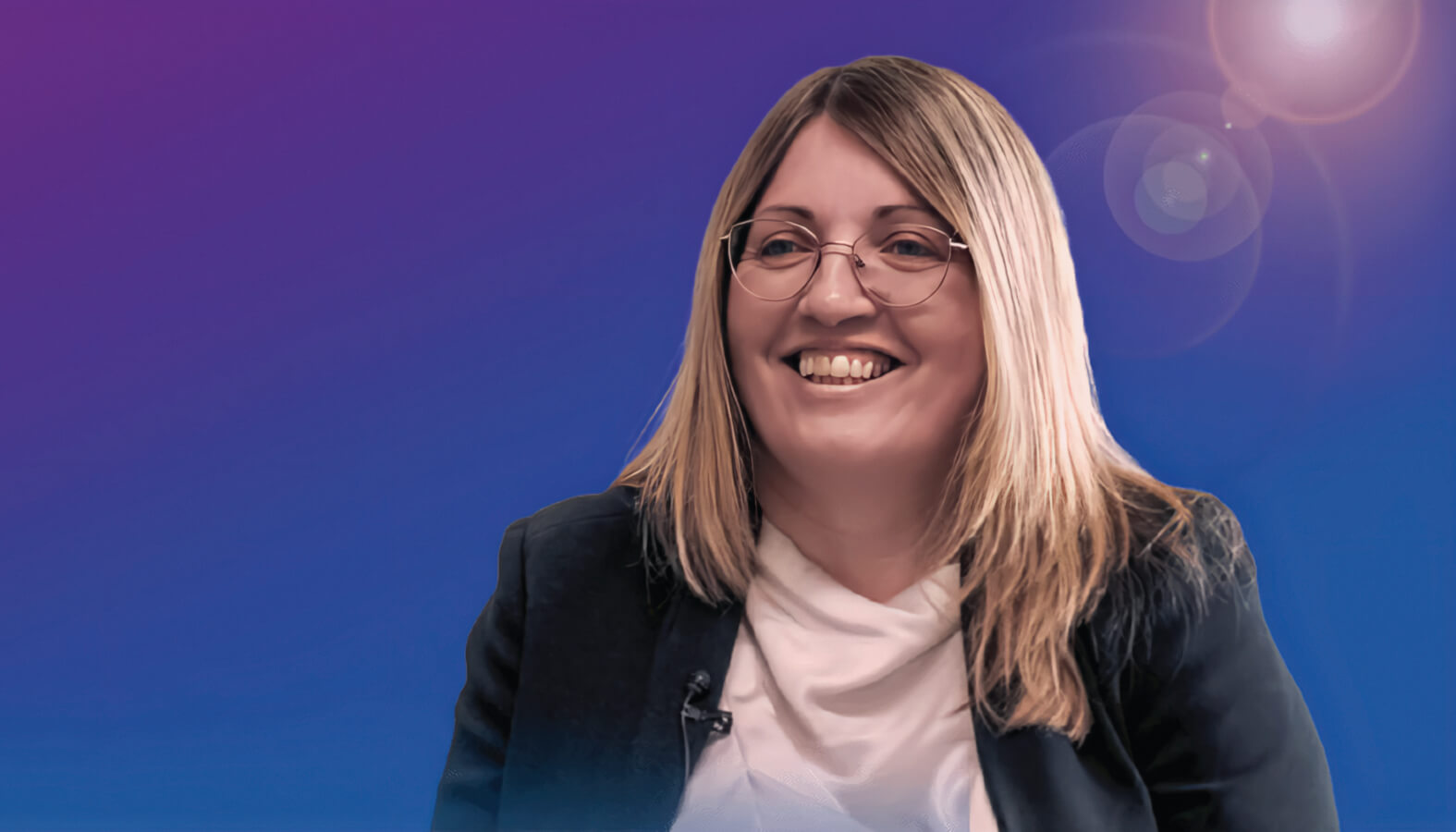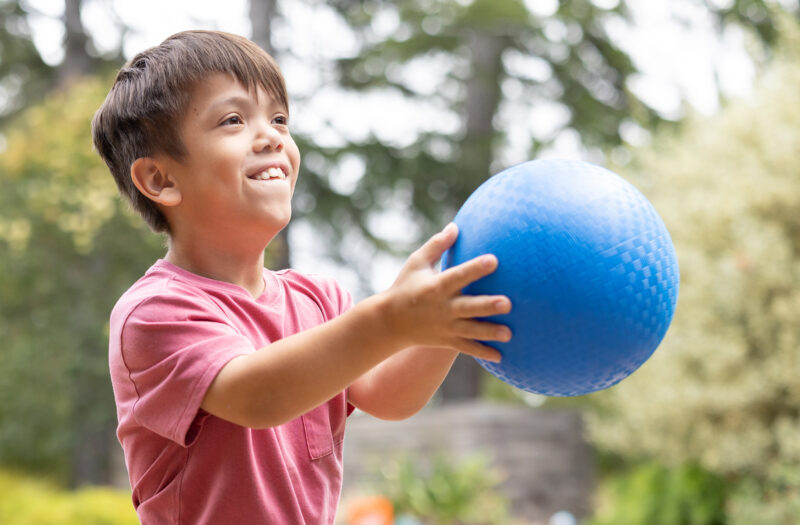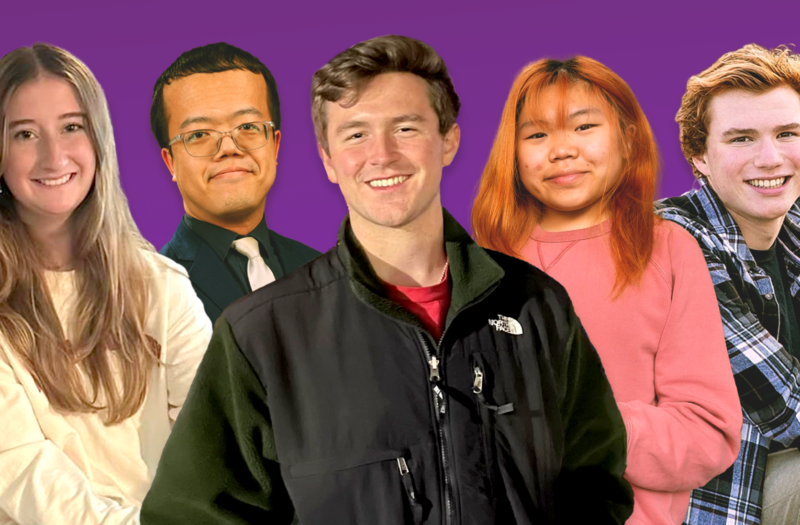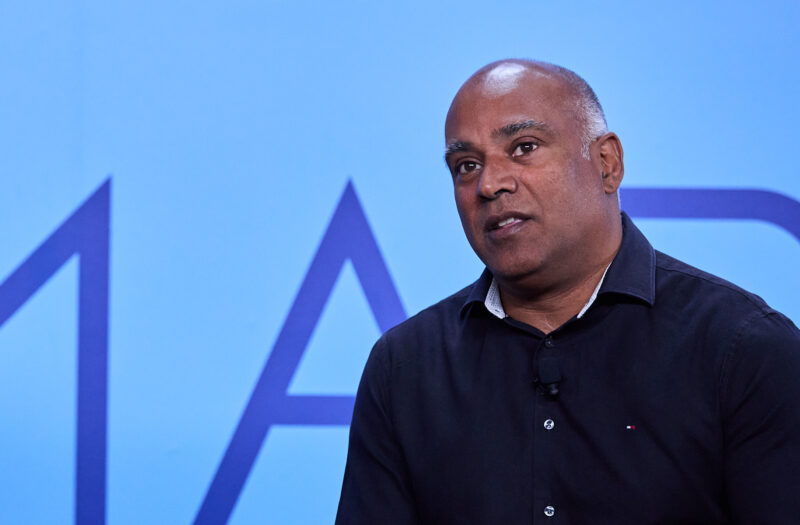Caring for Children with Achondroplasia: An Interview with Dr. Ciara McDonnell
October 25, 2023
Dr. Ciara McDonnell is a consultant in the Paediatric Endocrinology and Diabetes department at Children’s Health Ireland, where she founded the Centre for Rare Bone Disorders. A renowned expert in caring for people with rare bone disorders, such as achondroplasia, Dr. McDonnell is currently the pediatric representative of the Irish DXA Society and secretary of the International Society of Children’s Bone Health.
We sat down with Dr. McDonnell to hear her perspective as a physician about the current care experience for families affected by achondroplasia, how care has evolved and what makes her optimistic about the future.
Q: During your career, how have you seen pediatric achondroplasia care evolve?
I do think that care has evolved greatly over the past 20 years. I think that is a combination of more time spent talking about this condition, research of the condition, and encouraging patients and families to share their lived experiences so that we know what they need to improve their overall standard of care.
I think that research into the condition, which has been driven by a search for treatments, has enabled us to provide more of the natural history and the real-life experience that we have needed to provide care for children with achondroplasia. Because of our increased knowledge and improved forums for discussion for care, we are going to provide a better, multidisciplinary team approach for children and their families.
The horizons that have been opened through our increased understanding of achondroplasia and the needs of the community are really going to make a difference for these families going forward.
Q: Which health issues lead to the biggest challenges for people with achondroplasia?
It’s really important when we consider the challenges of achondroplasia that we consider the age of the patient involved. For infancy, our biggest concerns from a medical perspective are foramen magnum stenosis (a narrowing of the opening at the base of the skull), hydrocephalus and obstructive sleep apnea. These are very functional, mechanical issues that may require surgical intervention and very close surveillance.
As children get older, it shifts more to a psychological approach and then a psychosocial approach. Having a multidisciplinary team to help ensure children and young adults get support from physiotherapy and occupational therapy is important. It’s equally critical to help foster societal understanding of achondroplasia and the importance of inclusion.
Social media has helped to make people more aware of the condition, and also to inform people about what the needs of a person with achondroplasia are, especially in a medical environment.
Q: What makes you feel hopeful about the future for children and young people with achondroplasia?
We have a lot to be hopeful for. The children themselves bring hope. Their attitude, their resilience and their enthusiasm for life always make me hopeful. I think that bringing people together to discuss how best to support families affected by achondroplasia, and allowing the families to help guide us in the right directions for future care, will make their experiences better.
It’s really important that we always try to educate and encourage everybody to understand what dwarfism means and what it is to live with achondroplasia. I’m hopeful that we can do that in a very positive and proactive way.



